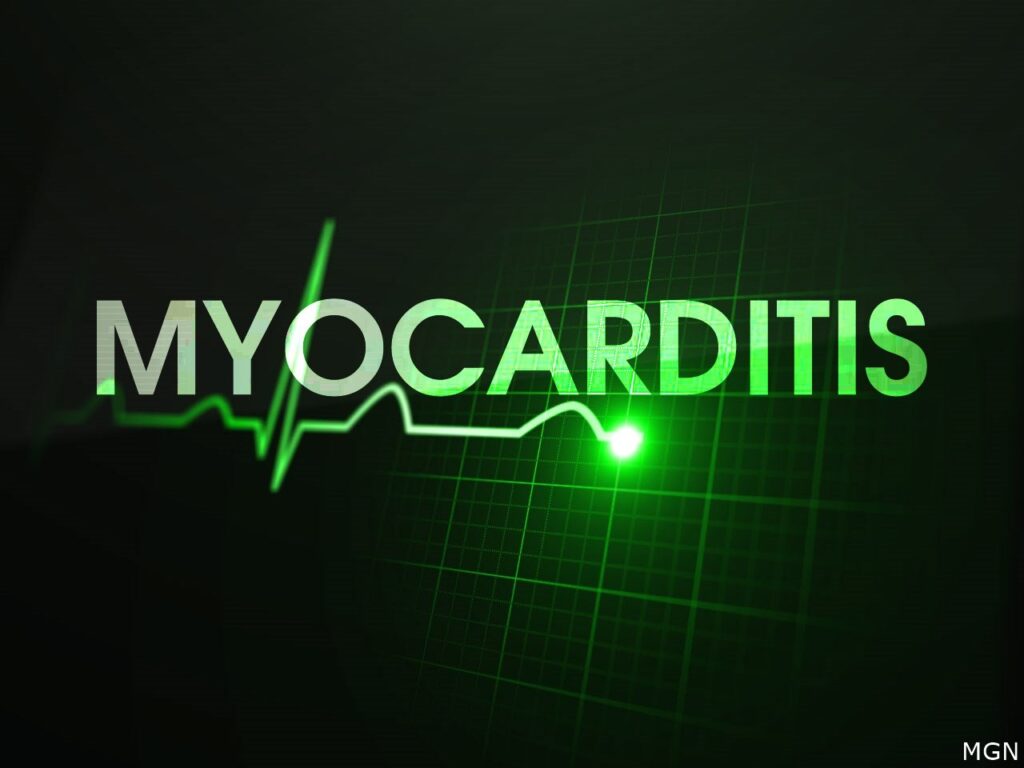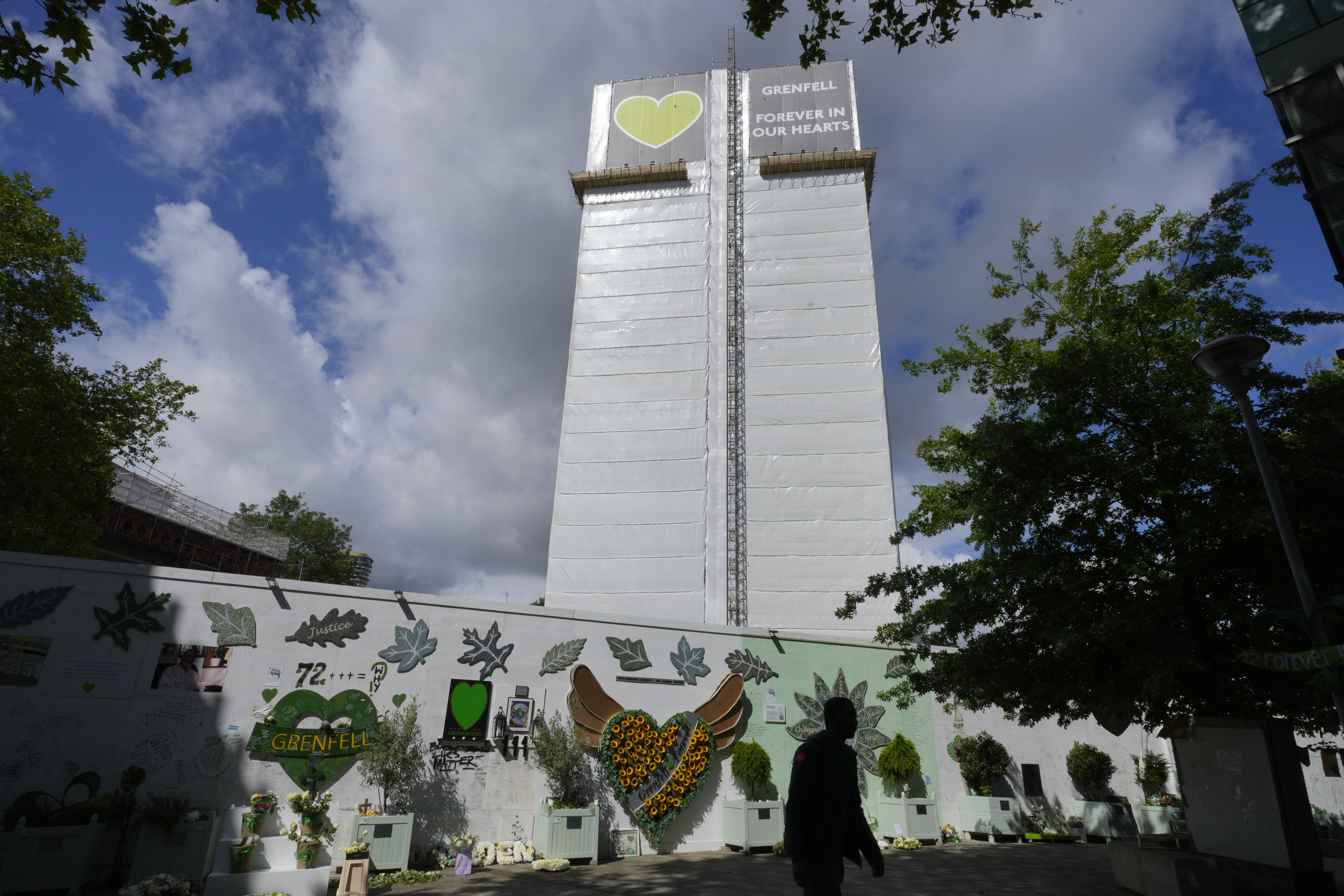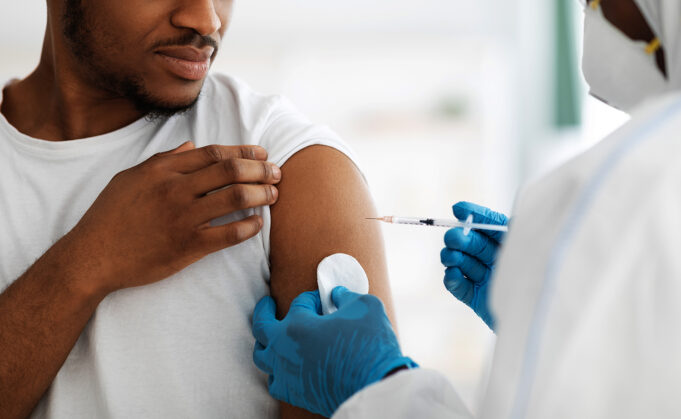Critics said the authors of the FDA-funded study downplayed the seriousness of their findings. Even small areas of damage invisible to cardiac MRI could put vaccine recipients at risk for a future cardiac arrest, a cardiologist told The Defender.
by Suzanne Burdick, Ph.D.
This article was published on The Defender—Children’s Health Defense News & Views Website on September 13, 2024
Sixty percent of young people who were hospitalized with myocarditis after receiving an mRNA COVID-19 vaccine still showed signs of myocardial injury roughly six months after getting the shot, according to a new peer-reviewed study funded by the U.S. Food and Drug Administration (FDA).
Critics said the study authors—who published their report in The Lancet on Sept. 6 — downplayed the seriousness of the study’s findings. They also noted that some authors had ties to the government and Big Pharma that may have influenced the research.

The study authors, led by Dr. Supriya S. Jain, a pediatric cardiologist and researcher at Maria Fareri Children’s Hospital in Valhalla, New York, analyzed health outcome data and biomarkers from 333 patients ages 5-30, from 38 U.S. hospitals, who were diagnosed with COVID-19 mRNA vaccine-induced myocarditis.
The researchers used late gadolinium enhancement (LGE) in cardiac MRIs to determine which areas of the patients’ heart tissue were injured.
Gadolinium is a metal used to help doctors see abnormal tissues in MRI scans with more detail, according to Drugwatch. The presence of LGE is often associated with worse outcomes, such as a higher risk of heart failure or arrhythmias, according to Trial Site News in its coverage of the study.
The authors followed up with 307 of the 333 patients by analyzing their health data collected from April 2021 to November 2022. The time between vaccination and follow-up varied, with a median of 178 days.
The results revealed that LGE persisted in the cardiac MRIs of 60% of the patients at the follow-up. Jain and her co-authors called these results “reassuring,” noting that there had not been any reported cardiac-related deaths or heart transplants at the time of writing their report. They recommended “continued clinical surveillance and long-term studies.”
Daniel O’Conner of Trial Site News criticized the FDA as the study’s funder. “The FDA is not keeping up with its tradition of ‘patient safety first,’” he told The Defender, adding:
“The procedures that were used and the outcomes that were identified are associated with a higher probability of more severe conditions.
“The FDA [study authors] rightly called for ongoing surveillance — but they don’t have the urgency they should, given the vulnerabilities of the population.”
Children’s Health Defense (CHD) Chief Scientific Officer Brian Hooker agreed, telling The Defender he was “disgusted” by the study authors’ downplaying of cardiac harm caused by the COVID-19 mRNA vaccines.
“It’s telling that 60% of the myocarditis patients were still showing significant inflammation and damage,” he said. “You get vaccinated, get myocarditis and then have a ticking time bomb in your chest for the rest of your life.”
Trial Site News — which aims to “drive more interest and awareness in clinical research” — made a similar point. “We here at TrialSite have concerns about the incidence, commonality of LGE and its association with propensity for more severe conditions if not now into the future.”
Trial Site News also said it was concerned about the many vaccine-induced myocarditis cases that aren’t presenting in the hospital and which thus weren’t included in the study. “What happens as they age?”
Heather Ray, a science and research analyst with CHD, pointed out that prior studies show that myocarditis can be life-threatening and can cause subclinical changes and scarring of the heart.
“I don’t feel that any incidence of vaccine-induced myocarditis is reassuring,” Ray told The Defender. “Additionally, we have all witnessed several anecdotal or personal reports of individuals who died from vaccine-induced cardiac issues over the past four years.”
Dr. Peter McCullough told The Defender that as a cardiologist, he was “greatly concerned” that COVID-19 vaccine heart damage in the majority of young people studied hadn’t resolved at the time of follow-up.
“The investigators should extend their efforts and measure spike protein or its antibodies in the blood and study strategies to eliminate mRNA and spike protein from the body,” McCullough said. “This is the best hope of reducing the damage done by COVID-19 vaccination.”
Is vaccine-induced myocarditis less serious than myocarditis caused by COVID virus?
In their study, Jain and her co-authors also compared the results from the vaccine-inducted myocarditis patients with health data from 100 children with multisystem inflammatory syndrome (MIS-C), a “rare but serious condition associated with SARS-CoV-2, the virus that causes COVID-19, in which different body parts become inflamed, including the heart,” according to the Centers for Disease Control and Prevention (CDC).
The authors explained:
“To gain a better perspective of the severity of cardiac involvement and myocardial injury in myocarditis associated with the COVID-19 vaccine in the pediatric population, we compared it with MIS-C, a serious complication of COVID-19 with common cardiac dysfunction.”
Karl Jablonowski, Ph.D., a senior research scientist with CHD, told The Defender the authors’ choice was “scientifically perplexing.”
“Why compare C-VAM [COVID-19 vaccine-associated myocarditis] to MIS-C?” he asked. “Wouldn’t comparing vaccine-induced myocarditis to virus-induced myocarditis be an even better perspective?”
The health data reported in the study show what a bad comparison the two make, he said:
“Table 1’s C-VAM vs. MIS-C p-value shows the children and adults who make up the two cohorts are radically different in age, weight, sex and race.
“And because they are different diseases, 5 of 8 presenting symptoms are different, 7 of 11 biomarkers are different, 9 of 10 hospital course metrics are different, both echocardiography metrics are different, 3 of the 5 left ventricular dysfunction metrics are different, and 5 of the 14 cardiac magnetic resonance metrics are different.”
Jablonowski speculated that the authors chose MIS-C as a comparator so they could compare vaccine-inducted myocarditis to “something worse.”
The authors concluded that cardiac dysfunction was “less common” in patients with vaccine-induced myocarditis than in patients with MIS-C.
They also said that the “initial clinical course” of myocarditis among those with vaccine-induced myocarditis was “more likely to be mild.”
Researchers use dismissive words for vaccine-induced myocarditis
Jablonowski said the study authors used language to do “a lot of narrative-building” around vaccine-induced myocarditis and its symptoms, “namely that it’s ‘mild,’ ‘rare,’ ‘transient’ and ‘worth the risk.’”
They used the word “mild” no less than 24 times, almost always when describing vaccine-induced myocarditis, while the word “serious” appeared only once — and as a descriptor of MIS-C.
“Shiral Halal and her family would not consider it mild,” Jablonowski said. “She was a healthy 22-year-old Israeli woman, and the first publicly disclosed fatality, who died two weeks after her second Pfizer-BioNTech dose.”
McCullough said, “I disagree with the authors that this is a ‘mild condition,’ as Takada et al. recently reported a 9.6% mortality rate in young persons with vaccine myopericarditis. Even small areas of damage invisible to cardiac MRI could put vaccine recipients at risk for a future cardiac arrest.”
Myopericarditis is an umbrella term for myocarditis, inflammation of the heart, and pericarditis, inflammation of the tissue surrounding the heart.
Hooker said, “The use of the terms ‘mild’ and ‘rare’ have no place in this type of discourse. However, these researchers ‘pepper’ that type of wrong-headed and dismissive verbiage throughout the paper while genuflecting to the vaccine gods about how the clot shot is a ‘cornerstone in the mitigation of the SARS-CoV-2 pandemic.’”
This article was published by The Defender—Children Health Defense News & Views Website under Creative Commons license CCBYNCND 4.4.0













